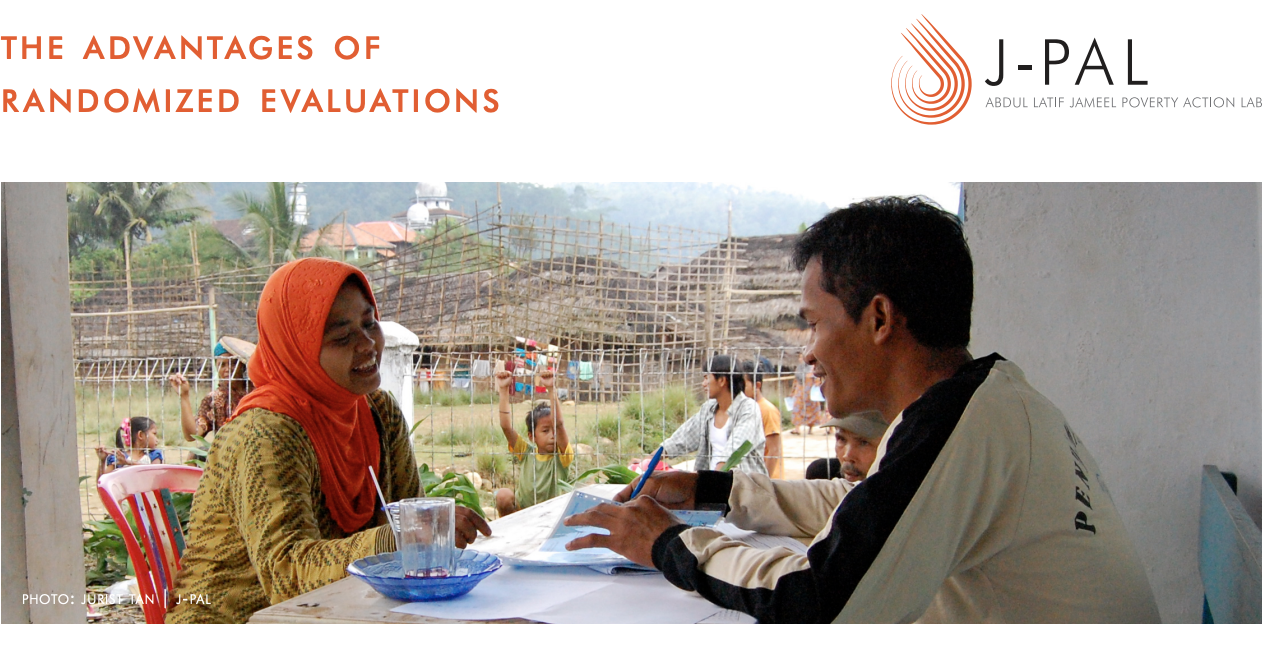When designing programs and policies, how do we know which approaches effectively increase farmer welfare?
While randomized evaluations of the productivity gains from new crops or agricultural techniques have been common in the agricultural field for many years, newer evaluation techniques offer the opportunity to examine issues outside classic agricultural test sites—including issues of marketing, finance, contracting, and social interactions. These advances have made it more feasible to rigorously test the comparative effectiveness of different strategies in a way that both maintains scientific rigor and accommodates the practical constraints of the implementing agency.
The ability to blend randomized evaluations into the daily operations of development practitioners around the world has transformed the technique, from a rare and expensive operation to a more flexible and commonly used approach to evaluation.
In randomized evaluations, eligible program recipients are chosen randomly, sometimes based on a lottery, with those not chosen to receive the program forming a comparison group. Because the selection is random, the difference in outcomes measured after a program is introduced can be attributed as impacts of the program, since the groups are comparable in every way except the exposure to the program. This provides us insights on the causal effects of interventions studied using randomized evaluations.
Advantages to Randomized Evaluations
For more information on randomized impact evaluation methodology, visit J-PAL’s introduction to randomized evaluations.
